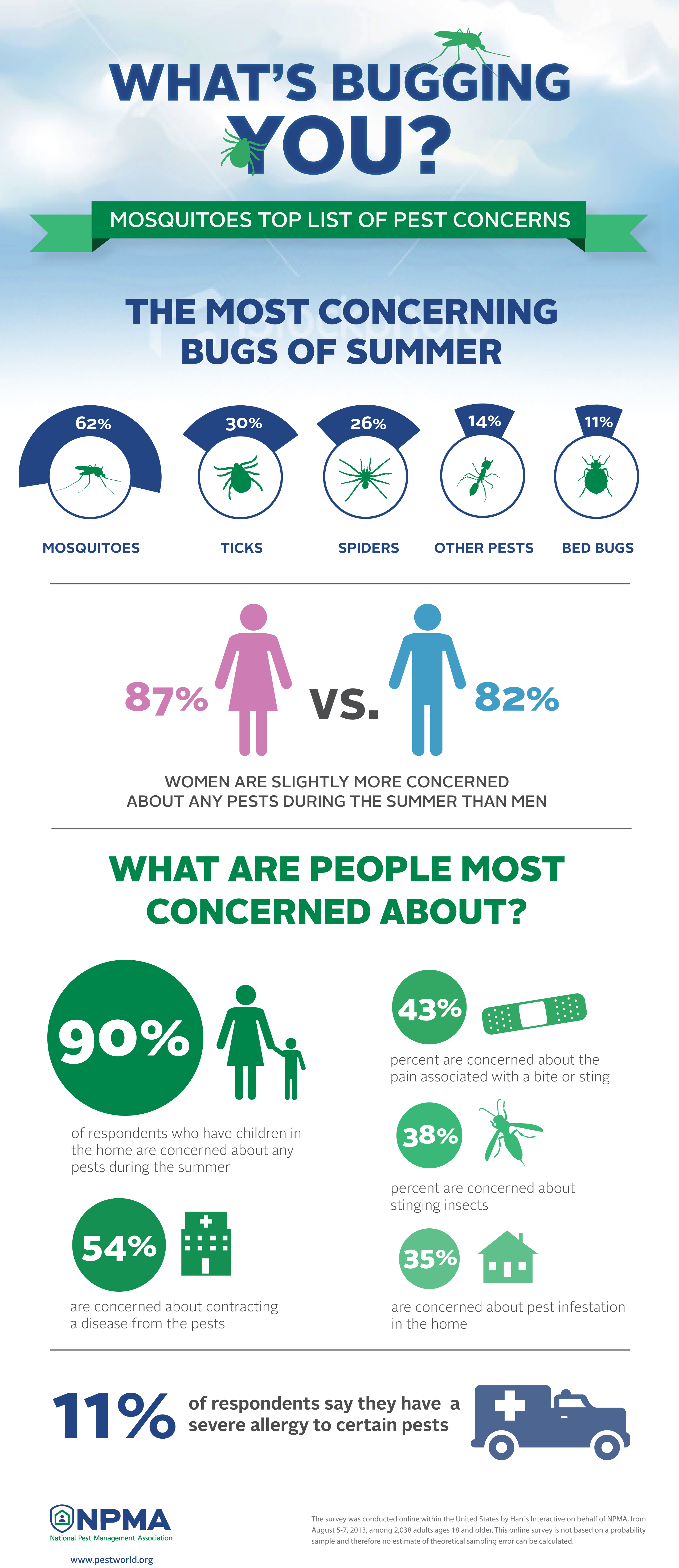Recognizing Common Indicators Of Termites Existing In Your House: An Extensive Hand-Operated
Recognizing Common Indicators Of Termites Existing In Your House: An Extensive Hand-Operated
Blog Article
Content Written By-Rye Hede
You might assume your home is safe, but what if undetected trespassers were quietly triggering damage right under your nose? As you go about your day-to-day routines, have you ever before saw refined changes but combed them off as small nuisances? Be prepared to uncover the hidden keys termites could be nurturing in your house. From the faintest of noises to the subtlest of indications, understanding the extensive overview on typical indicators could conserve you from an expensive headache.
Visual Indicators of Termite Problem
If you discover small stacks of what looks like sawdust near wood frameworks in your house, you may be seeing the first visual indicators of a termite problem. Termites, typically referred to as the 'quiet destroyers,' can damage your property without you also recognizing it. These tiny stacks are actually termite droppings, called frass, which are a byproduct of their tunneling tasks within the timber.
As you inspect your home for indicators of termites, pay close attention to any kind of mud tubes running along the walls or structure. These tubes function as safety tunnels for termites to take a trip between their nest and a food source without drying out. Additionally, keep an eye out for any bubbling or peeling paint, as this could suggest moisture accumulation brought on by termite task within the wall surfaces.
To please click the following webpage validate a termite invasion, look for hollow-sounding wood when tapped and check for any thrown out wings near windowsills or door structures. Taking punctual activity upon noticing these visual indicators can assist protect against comprehensive damages to your home.
Auditory Clues to Look For
When paying attention for auditory hints of termite activity in your house, take notice of any pale clicking or touching sounds originating from the wall surfaces or wood structures. These noises are often an indicator of termites at the workplace within the wood, munching away and creating damage. While these sounds may be refined and very easy to miss, particularly during the day when there's more ambient noise, try paying attention throughout the quiet of the evening to find any uncommon audios that could suggest termite existence.
If you hear these pale noises, it's vital to check out further to determine the resource and extent of the potential termite invasion. By capturing the trouble early, you can stop significant damage and costly repairs down the line. Remember that termites are small bugs, yet they can produce loud disturbances within the wooden structures of your home. Keep https://howtoremoveoldratsmrllfro17395.elbloglibre.com/27022370/observe-the-conflict-between-an-age-old-structure-and-a-stealthy-termite-threat-as-experts-reveal-innovative-techniques-to-safeguard-its-heritage and act quickly if you believe a termite invasion based on these auditory hints.
Structural Adjustments Triggered By Termites
Listen carefully for any type of indications of hollow-sounding or compromised timber in your house, as these structural modifications might suggest a termite infestation. Termites prey on wood from the inside out, leaving a slim veneer of lumber or paint externally while burrowing the inside. This can cause wood that appears hollow when touched or feels soft and weakened.
Furthermore, Web Site might observe twisting or sagging floors, doors that no longer close properly, or windows that are instantly difficult to open up. These adjustments happen as termites harm the architectural integrity of wood elements in your house. Keep https://can-pest-control-get-rid84062.digitollblog.com/26913353/acknowledging-common-indicators-of-termite-presence-in-your-house-an-in-depth-guidebook out for small openings in timber, as these could be termite exit points where they push out fecal pellets.
If you observe any one of these architectural adjustments, it's important to act without delay and look for specialist aid to examine and deal with a prospective termite invasion prior to it causes additional damage to your home.
Conclusion
As you maintain a watchful eye for indications of termites in your home, remember that very early detection is crucial to preventing expensive damage.
Similar to a vigilant guard safeguarding a citadel from invaders, your recognition and quick activity can protect your home from the harmful pressures of these little parasites.
Keep sharp and proactive to guarantee your home stays risk-free and termite-free.
